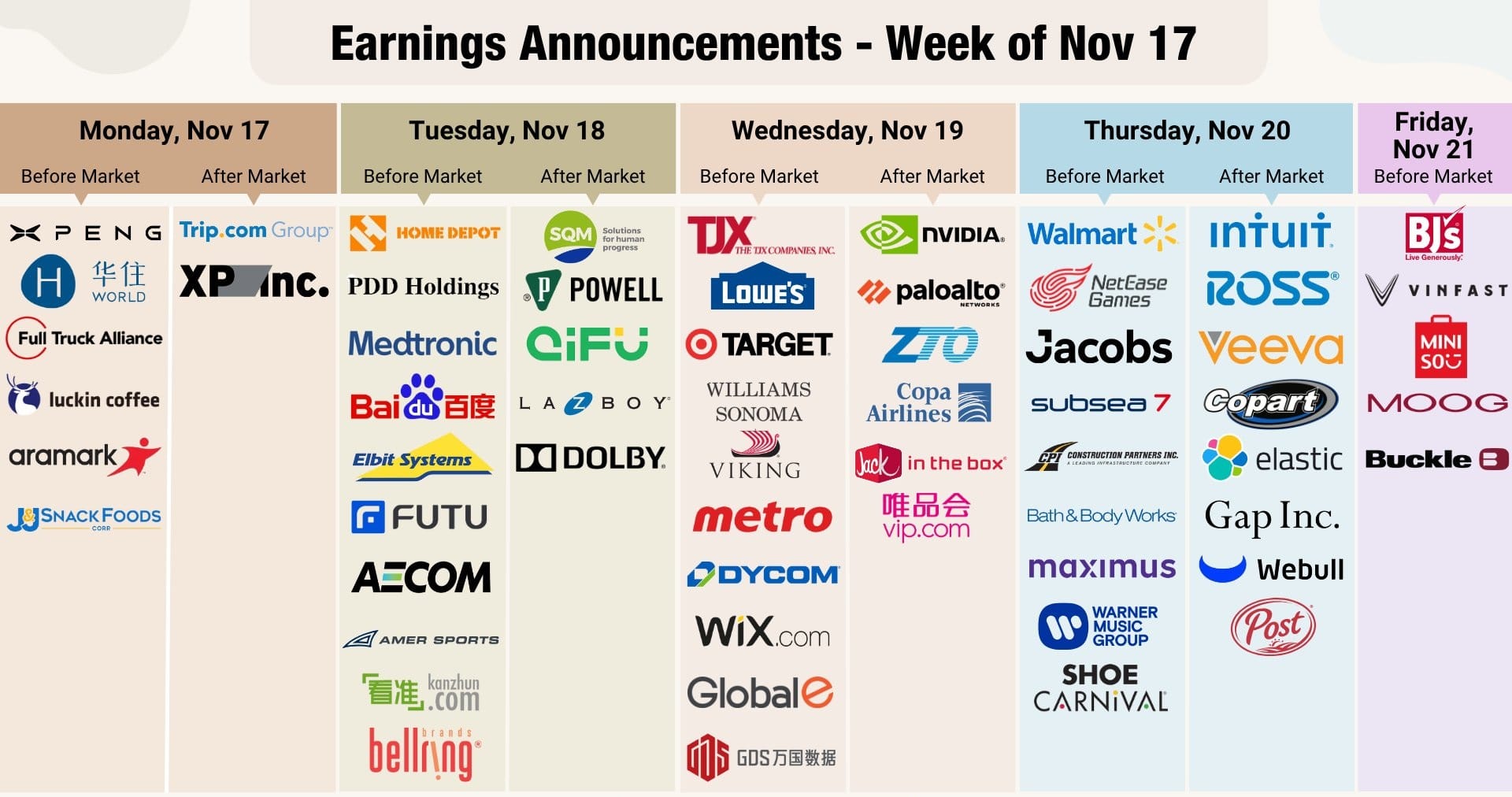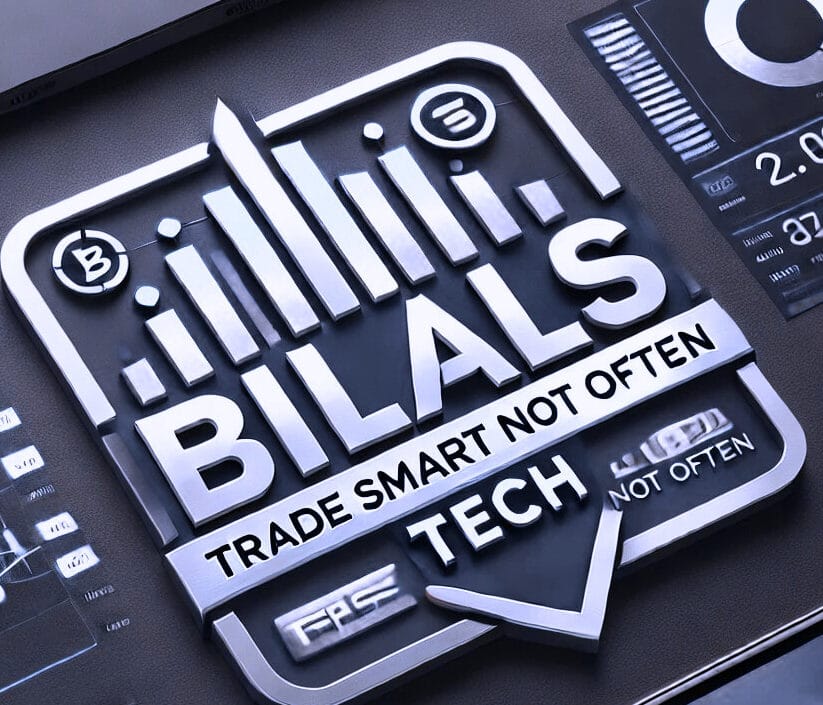Executive Summary
The new equilibrium markets represent a pivotal turning point in global finance. Equity benchmarks are rallying on optimism around artificial intelligence and gradual monetary easing, while bond yields rise as investors recalibrate expectations. The dollar has regained strength, commodities show divergence, and gold continues its safe-haven ascent. At the same time, innovation and policy shifts are reshaping economies, presenting both opportunities and risks.
This article provides an in-depth, data-backed exploration of how markets, policy, and innovation are converging to define a transformative economic era. From central bank policy signals to corporate disruption, from regulatory shifts to geopolitical dynamics, investors must navigate uncertainty with diligence, selectivity, and a long-term perspective.

Understanding the New Equilibrium in Global Markets
The term new equilibrium markets captures the delicate balance currently shaping global finance. The old regime of aggressive rate hikes and persistent inflation is fading, yet the new paradigm of stable growth and normalized monetary policy has not fully arrived. Investors are navigating an interregnum — a transitional period marked by both resilience and fragility.
Historically, market equilibria emerge during regime shifts. After the 2008 financial crisis, the equilibrium was ultra-low rates and quantitative easing. After the pandemic, it was fiscal stimulus and surging inflation. Today, the equilibrium reflects:
- Shifts in monetary policy: From rapid tightening to measured easing.
- Technological transformation: AI, automation, and digital finance redefining productivity.
- Structural risks: Labor realignments, climate imperatives, and geopolitical fragmentation.
This equilibrium is fragile. Equity markets, for example, are buoyed by optimism, but bond markets signal caution. Investors who recognize the signals across asset classes can position for investment opportunities in 2025 while managing downside risks.
Policy Shifts Driving the Global Financial Landscape
The Federal Reserve’s Evolving Stance
At the heart of the global financial landscape is U.S. monetary policy. The Federal Reserve has recently shifted toward easing, cutting rates modestly, but signaling caution about moving too quickly.
- Treasury Yields:
- 10-year: 4.274%
- 2-year: 3.571%
- 5-year: 3.679%
- 30-year: 4.748%
The rise in yields despite a rate cut reflects tempered expectations: investors no longer anticipate aggressive easing, but rather a gradual, data-dependent path.
Global Central Banks
Beyond the Fed, other central banks are following dovish paths:
- Bank of Canada has cut rates amid weak retail sales.
- European Central Bank faces the dual challenge of inflation persistence and slowing growth.
- Bank of Japan maintains ultra-loose policy, though the yen remains under pressure.
Together, these shifts create divergence — the U.S. dollar has regained strength relative to other currencies, but long-term expectations still suggest moderation.
Innovation and Policy Shifts Reshaping Economies
AI and the Technology Arms Race
The transformative economic era is being accelerated by artificial intelligence. Capital expenditure on AI infrastructure is unprecedented. OpenAI alone plans to spend $100 billion on server capacity, while partnering with manufacturers like Luxshare to expand into hardware.
This is more than a technology story — it’s a policy and regulation challenge:
- Governments must balance innovation with oversight.
- Antitrust cases, like the DOJ’s push for Google to divest parts of its ad tech business, highlight growing scrutiny.
- AI also raises geopolitical stakes, as seen in UN debates on responsible use.
Corporate Disruption
Case studies:
- FedEx: Demonstrated resilience by offsetting international trade slumps with cost efficiencies.
- Boeing: Faces labor strife, exposing vulnerabilities in aerospace supply chains.
- Pattern Group IPO: Its lukewarm debut highlights selective investor appetite.
These examples reveal that corporate strategy in 2025 must adapt to new equilibrium conditions: capital discipline, labor negotiations, and innovation pivots.
Market Performance in the Transformative Economic Era
Equities
- Dow Jones: 46,351.27 (+0.37%)
- S&P 500: 6,684.36 (+0.49%)
- Nasdaq: 22,631.48 (+0.72%)
Indexes reflect resilience, powered by AI-driven optimism and selective investor confidence. The Nasdaq continues to outperform, underscoring tech’s central role.
Bonds
Bond markets tell a different story. Yields rose, marking normalization after being pushed below “fair value.” This signals cautious optimism — markets expect growth, but not without inflation risks.
Commodities
- Oil (WTI): $82.69 (−1.38%)
- Gold: $2,382.19 (+1.05%)
- Copper: $4.57 (+0.68%)
Oil’s decline reflects oversupply and weak demand, while gold’s rise underscores safe-haven demand in uncertain times. Copper gains hint at industrial resilience.
Forex
- EUR/USD: 1.1745 (−0.35%)
- USD/JPY: 147.96 (−0.02%)
- GBP/USD: 1.3468 (−0.63%)
- USD/CAD: 1.3786 (−0.35%)
Currencies show dollar strength, reaffirming U.S. resilience versus global peers.

Corporate Strategy and Investment Opportunities 2025
Corporate strategies reveal where investment opportunities 2025 may arise:
- Efficiency plays: FedEx’s cost-cutting sets a model for logistics resilience.
- Labor negotiations: Boeing’s struggles highlight workforce dynamics as a material risk factor.
- IPO selectivity: Investors demand profitability, as shown by Pattern Group’s weak debut.
Investors should seek firms balancing innovation, financial discipline, and workforce alignment.
Geopolitical and Regulatory Forces in the New Equilibrium
Regulation
- Antitrust: DOJ vs. Google could reshape the ad tech landscape.
- FDA: Loosening rules on nicotine pouches reflects regulatory evolution.
Trade Policy
Lawmakers pushing to remove tariffs on coffee highlight the consumer impact of trade policy.
Resource Development
Canada’s Cedar LNG project, majority-owned by the Haisla Nation, signals a new model of Indigenous partnerships in resource development — socially and economically transformative.
Energy, Climate, and the Global Investment Outlook
The climate debate intersects with markets and innovation. Key themes:
- Net zero financing and the politics of decarbonization.
- AI-driven energy consumption, straining grids.
- Emerging markets (Mexico, Brazil, Argentina) navigating inflation and rate cuts.
Energy security and sustainability are core to the new equilibrium markets, with investors balancing fossil fuel demand and renewable expansion.
The Future of Innovation in Global Markets
AI and Governance
AI governance is now a global priority, discussed at the UN Security Council. Leaders like OpenAI’s Sam Altman are shaping both innovation and regulation.
Consumer Shifts
Gen Z’s approach to luxury — blending premium with authenticity and experiences — forces brands to rethink strategies. Affordable luxury brands may benefit most.
Asset Management
BlackRock and Vanguard scaling back executive engagement shows a structural shift in governance. This may leave companies navigating shareholder pressure without traditional guidance.
Risk Factors in the Transformative Economic Era
U.S. Government Shutdown Risk
Partisan divisions threaten a shutdown, with ripple effects on growth and markets.
Structural Risks
- Labor disputes across industries.
- Regulatory uncertainty in tech and healthcare.
- Generational consumer shifts redefining demand.
Volatility Outlook
The new equilibrium requires selectivity and diligence. Long-term trends (AI, climate, demographics) outweigh short-term noise, but investors must brace for volatility.
Key Economic Events: September 22–26, 2025
- Tue, Sept 23: S&P Global PMIs, Rich Fed Manufacturing Indexes
- Wed, Sept 24: U.S. Building Permits, New Home Sales
- Thu, Sept 25: Durable Goods, Final Q2 GDP, PCE Prices
- Fri, Sept 26: Personal Income & Spending, Core PCE, U. Mich Sentiment
These releases will shape near-term market narratives, especially the PCE Price Index, the Fed’s preferred inflation measure.

Conclusion: Navigating the New Equilibrium Markets
The new equilibrium markets embody a transformative balance of growth, policy, and innovation. Investors must weigh:
- Monetary easing vs. inflation persistence.
- AI-driven opportunities vs. regulatory challenges.
- Resilient equity performance vs. cautious bond signals.
The path ahead requires strategic selectivity, long-term vision, and readiness for volatility. Those who adapt to the equilibrium’s shifting dynamics will unlock the most valuable investment opportunities in 2025.












